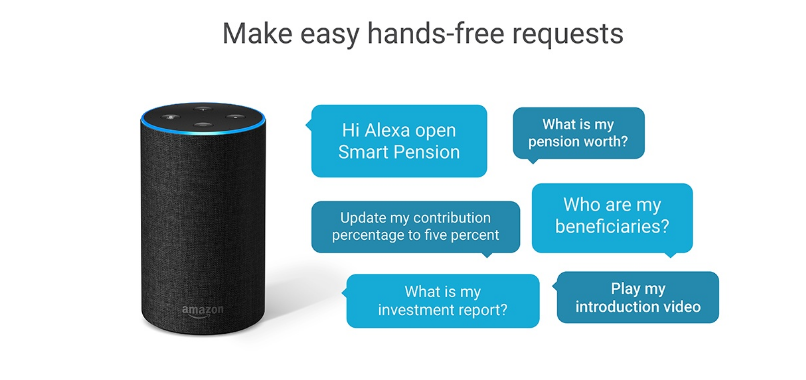Accountants provide valuable support to small businesses who
rely on external expertise to keep their finances in shape. With only
26% of all
SMEs having a qualified person in charge of finances the need for outside
advise from a financial expert is clear.
Business finance
At any one time a third of SMEs utilise external finance for
the running of their business, from working capital facilities through to term
loans, and so business finance is naturally a hot topic for business owners.
In fact in 2018, 4 in 10 SMEs are planning a significant
activity, including 19% looking to take on more staff, 17% planning to invest
in new plant and machinery and 16% planning to develop a new product or service,
according to the
SME
Finance Monitor report. How these activities are funded is a key question
for business owners.
Advice from
accountants
Of the areas of advice given by accountants, the importance
of business finance advice is often under-estimated. Many businesses are first
time borrowers and therefore lack experience at knowing what type of finance
they require and what options are available. No longer is it the case that
businesses are able to seek advice from their bank manager, and finance brokers
are often criticised for giving biased advice. Therefore the role of the
accountant and book-keeper in providing business finance advice is extremely
important.
Value-adding
conversations
So at your next client review why not try asking some more
probing questions around their finance needs. Here are 3 suggestions to help get
the conversation going:
1.
Improve cash flow
Symptom: low cash balances on
bank statements; outstanding debtors; late payments.
Ask: is cashflow a problem? Is it
causing stress/limiting growth? What steps have you taken to improve cashflow?
Potential suggestions:
renegotiate trade terms; outsource credit control to the book-keeper; purchase
assets using finance rather than using up cash; arrange working capital finance.
2.
Save on your finance costs
Symptom: large interest costs, large
short-term creditors.
Ask: what finance do you use? Did
you compare rates? Have you considered extending the term to reduce repayments?
Potential suggestions: ask a
competing lender to give you a finance quote; compare multiple lender offers at
www.bizl.co; ask the current lender about
refinancing over a longer period to preserve cash.
3.
Invest in growth
Ask: what are your growth plans
in the next 12 months? How will you fund this? If you could obtain enough
funding, would that enable you to grow?
Potential suggestions: explore
your finance options early so you know what is available; consider
invoice finance to enable
you to take on bigger contracts; consider the Government’s
Enterprise
Finance Guarantee scheme to access finance to grow within the UK.
Click
here
for more tips on how to find the right business finance.
Guest author: Josh Greenway is the Founder and CEO of
www.bizl.co, an online business finance
comparison platform that enables small businesses to compare finance options
fast, free and easily.









